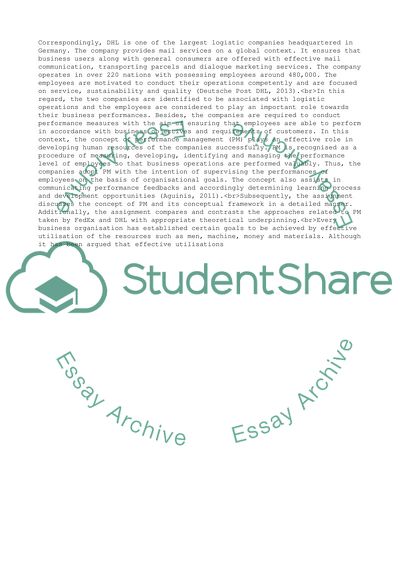Cite this document
(Research and choose two organisations using high performance work Assignment, n.d.)
Research and choose two organisations using high performance work Assignment. https://studentshare.org/human-resources/1826635-research-and-choose-two-organisations-using-high-performance-work-hpw-andor-performance-management-pm-practices-which-you-can-compare-and-contrast-in-their-approach
Research and choose two organisations using high performance work Assignment. https://studentshare.org/human-resources/1826635-research-and-choose-two-organisations-using-high-performance-work-hpw-andor-performance-management-pm-practices-which-you-can-compare-and-contrast-in-their-approach
(Research and Choose Two Organisations Using High Performance Work Assignment)
Research and Choose Two Organisations Using High Performance Work Assignment. https://studentshare.org/human-resources/1826635-research-and-choose-two-organisations-using-high-performance-work-hpw-andor-performance-management-pm-practices-which-you-can-compare-and-contrast-in-their-approach.
Research and Choose Two Organisations Using High Performance Work Assignment. https://studentshare.org/human-resources/1826635-research-and-choose-two-organisations-using-high-performance-work-hpw-andor-performance-management-pm-practices-which-you-can-compare-and-contrast-in-their-approach.
“Research and Choose Two Organisations Using High Performance Work Assignment”. https://studentshare.org/human-resources/1826635-research-and-choose-two-organisations-using-high-performance-work-hpw-andor-performance-management-pm-practices-which-you-can-compare-and-contrast-in-their-approach.


